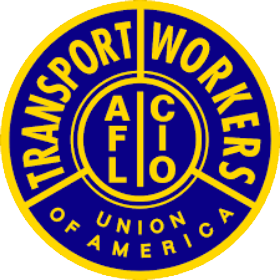FOR IMMEDIATE RELEASE
February 3, 2022
Contact: Denise Romano, dromano@twu.org
FAA to Issue New Guidance for Pilots on Aircraft Automation
‘Automated Systems Must Have Human Oversight to Truly Be Safe’
On February 1, the Federal Aviation Administration (FAA) issued a new draft advisory aimed at revamping pilot training on aircraft automated flight controls. The agency guidance addresses managing and monitoring automated systems in flight, including enhanced pilot training in the event these automated systems fail.
This announcement is in response to recent crashes of two Boeing 737-MAX jets in 2018 and 2019 that killed 346 people. These incidents caused a 20-month worldwide grounding of the 737-MAX jet, due in large part to haphazard deployment of automated aircraft flight systems. Despite being called “Chicken Little” on social media, the Transport Workers Union of America (TWU) was the first union to call for the grounding of this aircraft back in January of 2019.
In testimony yesterday before the U.S. House of Representatives Transportation & Infrastructure Subcommittee on Highways and Transit, TWU International President John Samuelsen noted the perils of overreliance on automation in aviation, stating “that automated systems must have human oversight to truly be safe.”
The need for qualified operators on-board every mode of transportation is made clear by this draft advisory issued by the FAA. The TWU is encouraged by this new ruling.
For surface modes of transportation, the TWU calls on law makers to recognize that well trained operators are safety professionals and sometimes first responders who keep riders safe. While a bus or van one day may achieve “driverless” automation capabilities, this technology does not eliminate the need for a qualified operator on-board every vehicle. Bus, train, and truck operators play an equivalent role in our surface transportation system and our federal AV policy must declare these on-board workers as the essential element for safe roads and transit operations.
“Technology should be used to increase safety,” Samuelsen testified, noting that blind spot technology on buses “is extremely important for collision avoidance and to protect pedestrians, riders & operators.
“It should absolutely be used to increase safety, service reliability & state of good repair – where applicable – all simultaneously working with a bus operator. But the operator must always be in control of automated systems,” he concluded.
###
The TWU represents more than 155,000 members across the airline, railroad, transit, universities, utilities and service sectors
